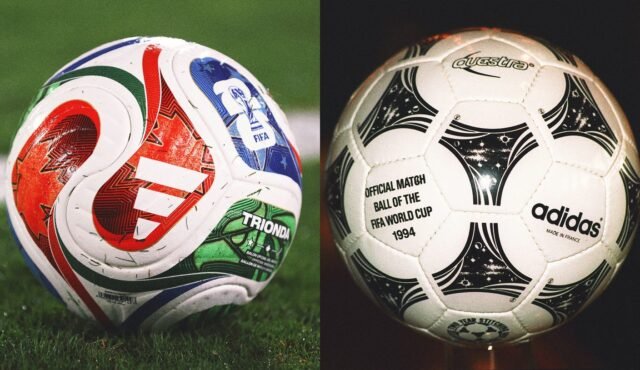The beauty of each World Cup is the attention to detail and how each edition weaves in the traditions and characteristics of the host nations.
And that’s especially true with the official match ball. Take for instance the recently released TRIONDA ball, which all eyes will be on next year at the 2026 FIFA World Cup, which will be hosted in three nations – Canada, Mexico, and the United States.
Since 1970, adidas has supplied the official match ball for the World Cup. Before then, the match balls were provided by manufacturers from the host countries. Get a low down on each ball from 1930.
Let’s take a deeper dive into each ball, including how they got their names and what made them stood out.
2022 – Al Rihla (Qatar)
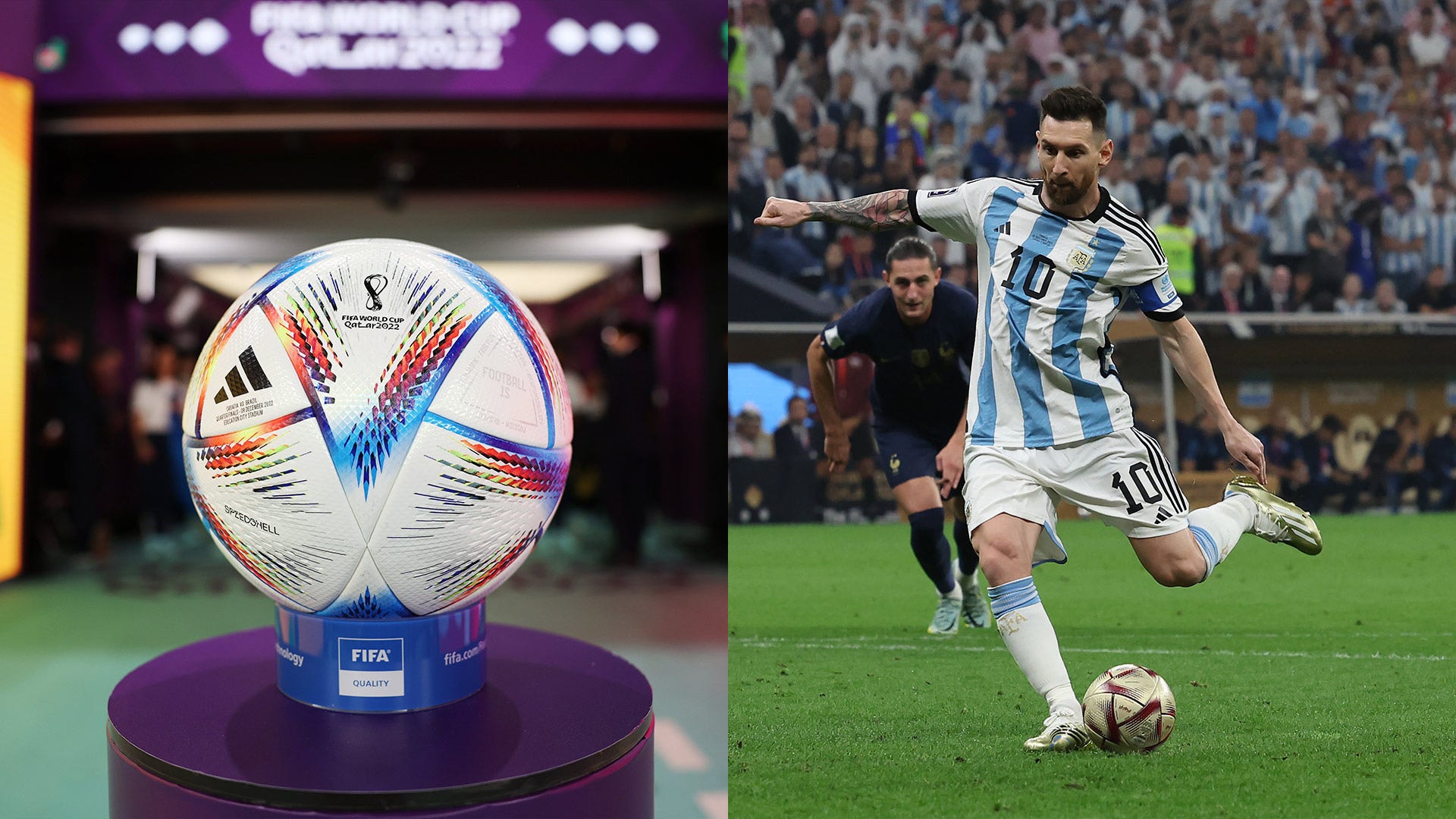
Meaning “The Journey” in Arabic, Al Rihla included 20 panels and featured a suspended chip inside the ball that tracked in-game data. Its design drew inspiration from Qatari culture and maritime traditions, with the bonded bails hearkening to the Dhow boats found in the Persian Gulf waters. It also was the first official ball produced entirely with water-based inks.
2018 – Telstar 18 (Russia)
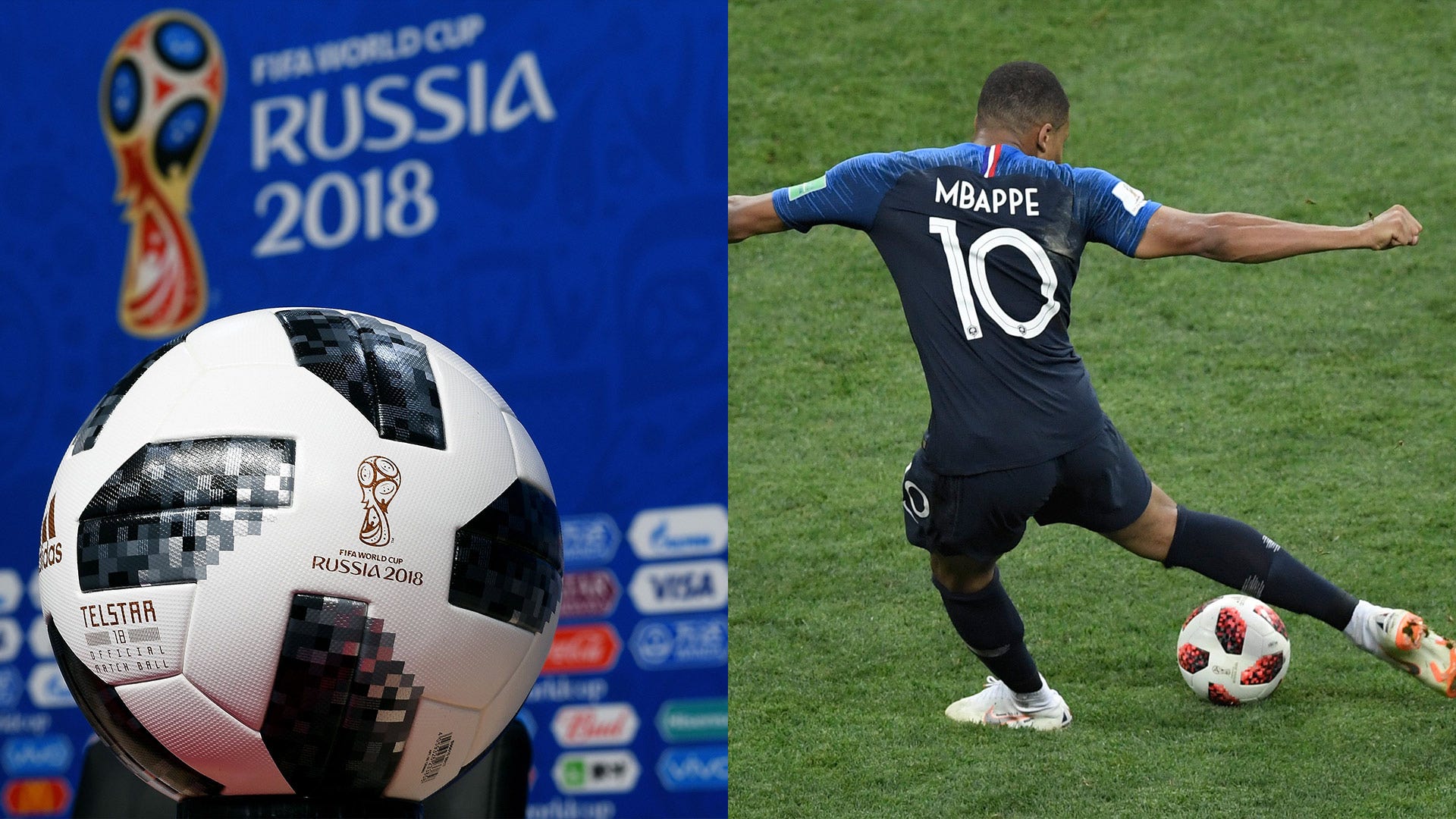
A modern homage to the 1970 Telstar, it featured pixelated black graphics referencing Russia’s digital era. Equipped with a chip inside, it was the first smart World Cup ball. It was composed of six panels that provided for a smoother surface, with a differently designed “Mechta” version of the ball utilized during the knockout rounds.
2014 – Brazuca (Brazil)
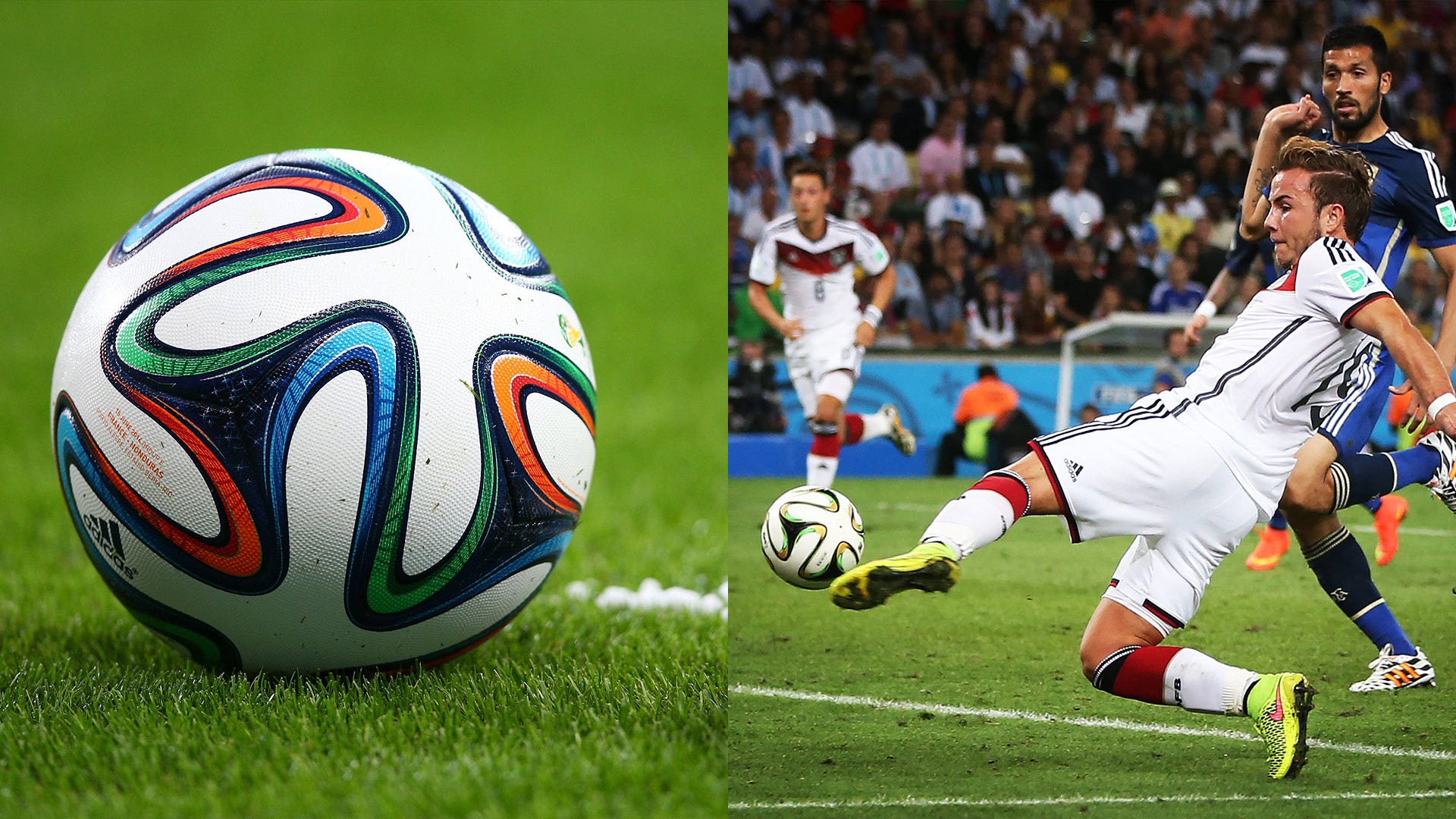
The Brazuca (the name was decided by a public vote) was made from six bonded panels and was inspired by Bahia lembrança bands, the traditional Brazilian good luck bracelets composed as colorful pieces of cloth and given as gifts. A special version was used in the final with the green, red and blue accents replaced by green, gold and black.
2010 – Jabulani (South Africa)
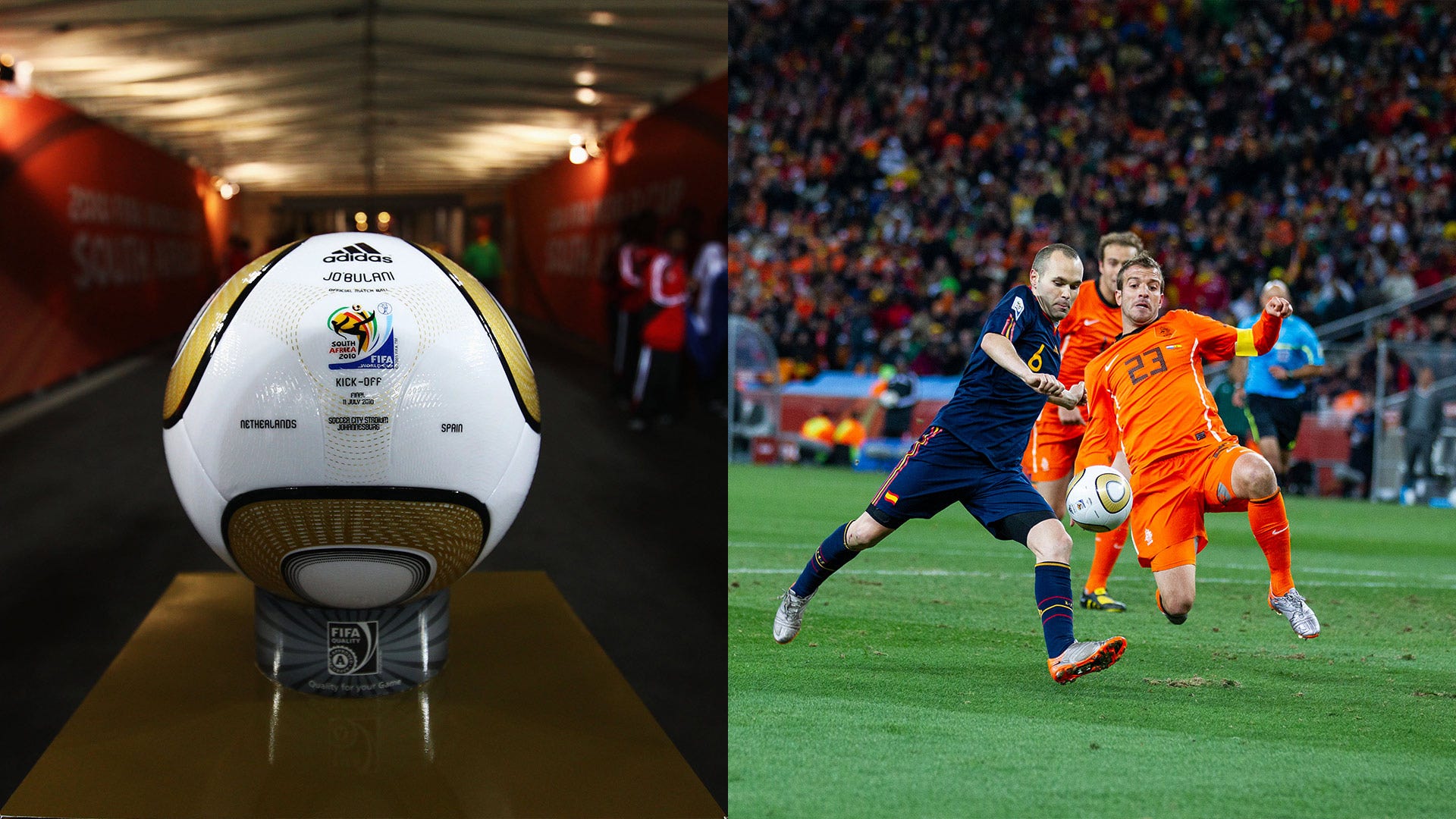
The Jabulani ball had only eight thermally bonded panels but was noted for some of its aerodynamic quirks when in flight. Decorated with African-inspired designs with the name from a Zulu phrase of “be happy,” it symbolized South Africa’s culture and remains among the most iconic. A special gold-accented version was introduced for the final in Johannesburg.
2006 – Teamgeist (Germany)
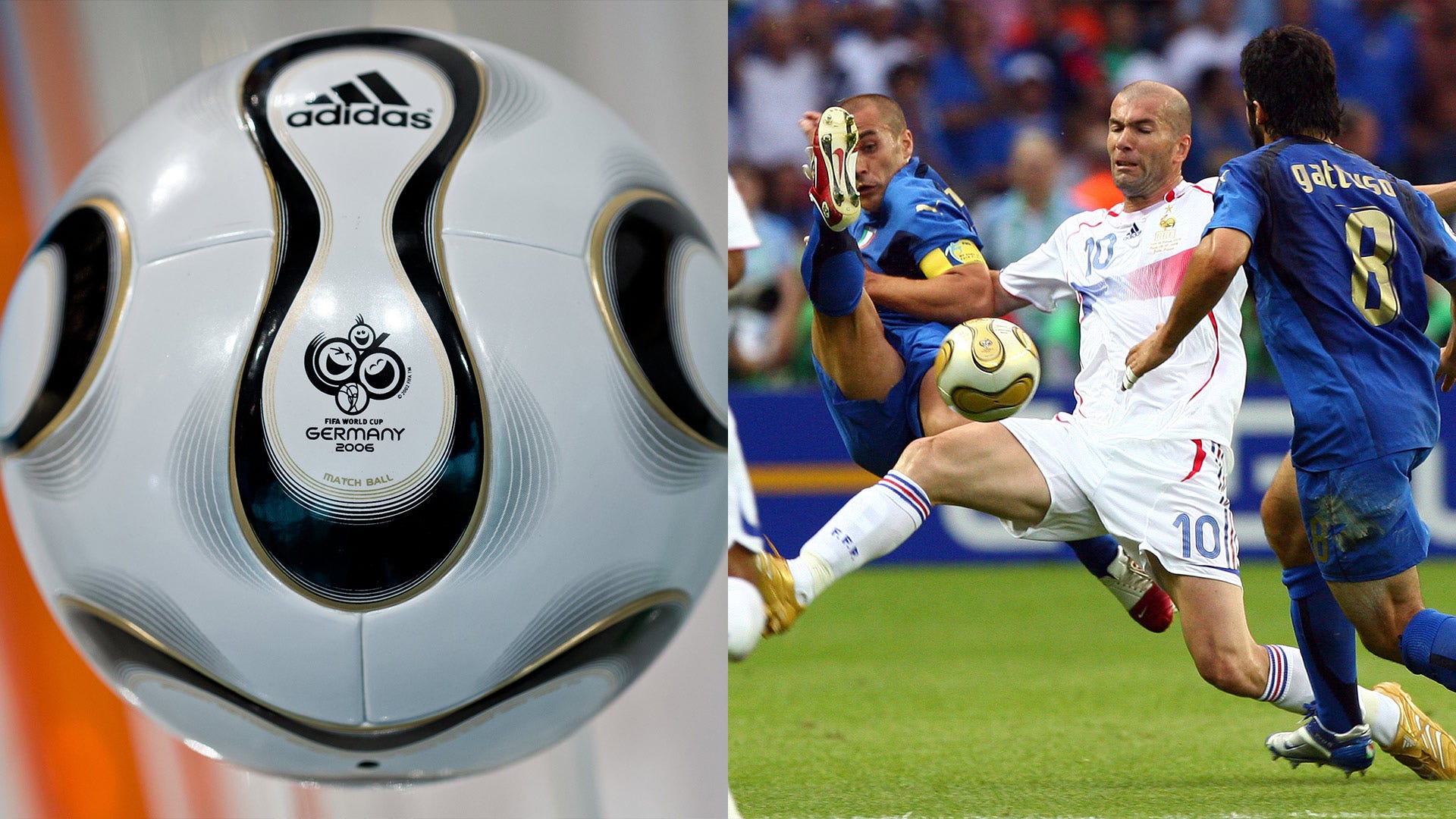
The ball (German for “team spirit”) revolutionized ball construction with just 14 curved panels, creating a rounder, more seamless surface for consistency. Its white design with black-and-gold accents fit the host nation’s aesthetic. It was the first ball to have a different version used for the knockout stages.
2002 – Fevernova (Japan/South Korea)
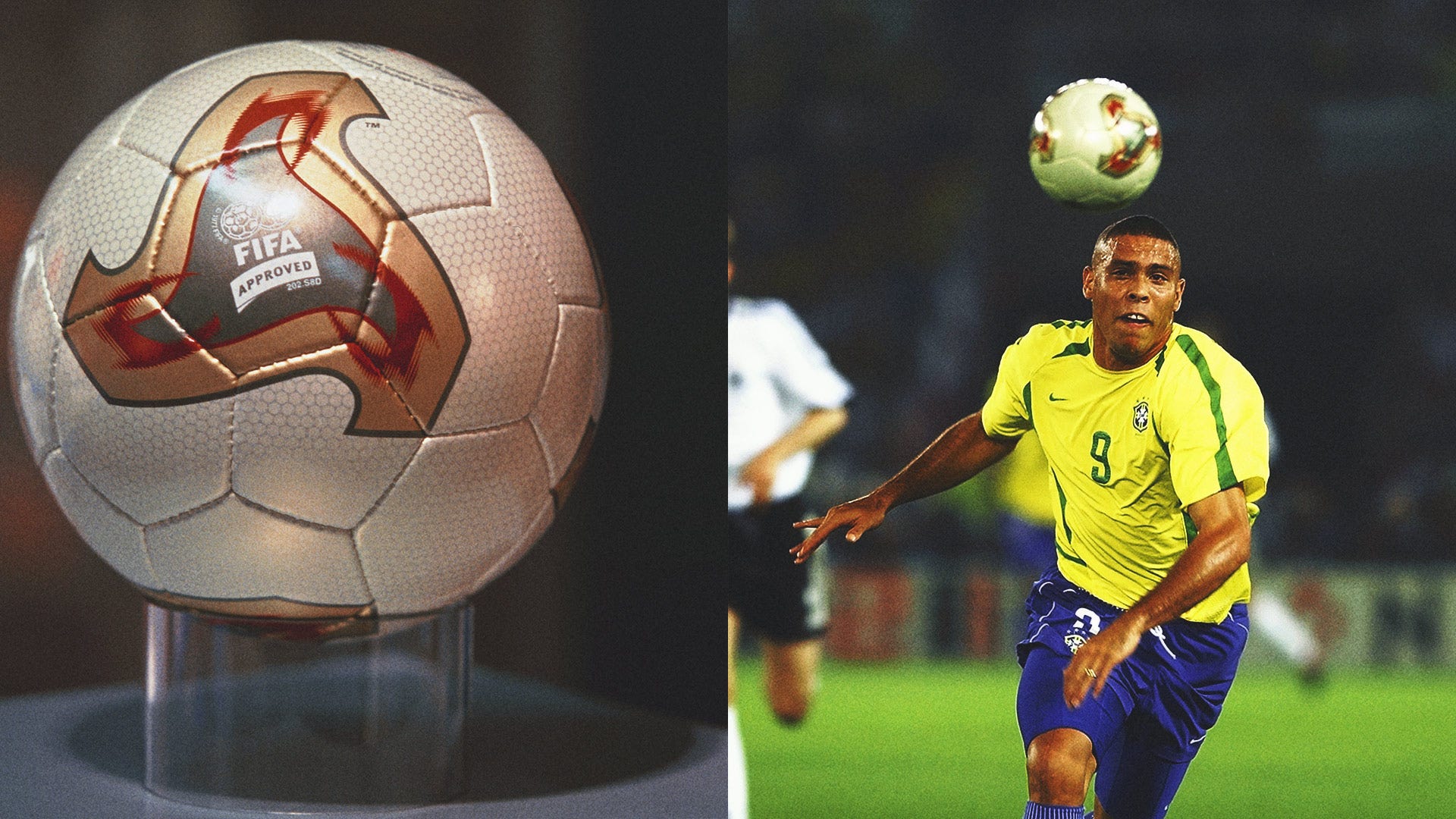
Breaking away from previous patterns, Fevernova introduced a radical triangular flame design in gold and red that ws inspired by a Japanese “tomoe” symbol. It also included red streaks meant to resemble the ancient art of calligraphy.
1998 – Tricolore (France)
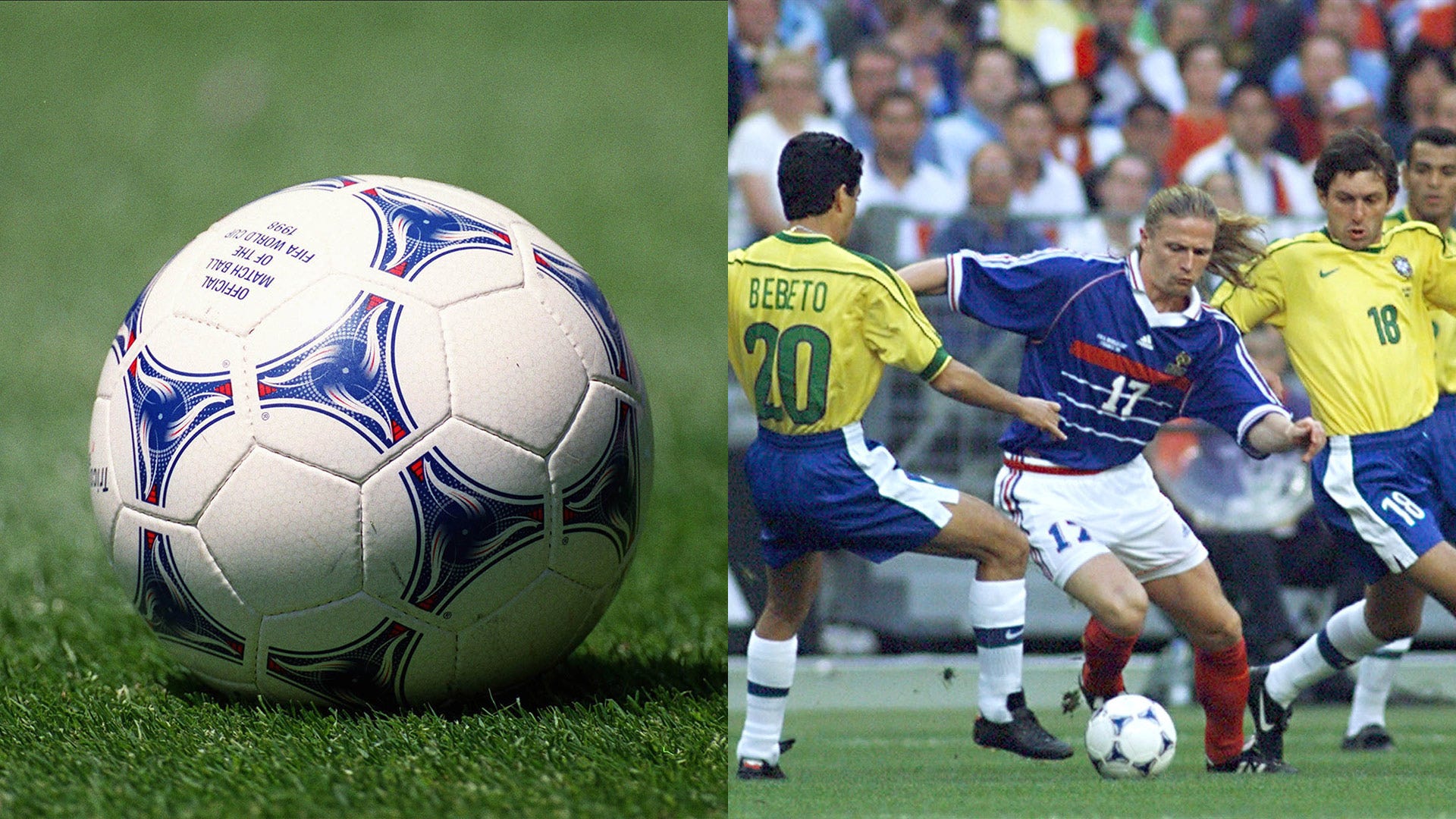
The first multicolored World Cup ball, Tricolore integrated France’s national blue, white, and red. It also symbolized modernity, national pride, and a willingness to depart from traditional monochrome styles. It was also the last of the “Tango” designs that had been in use for the World Cup since 1978.
1994 – Questra (United States)
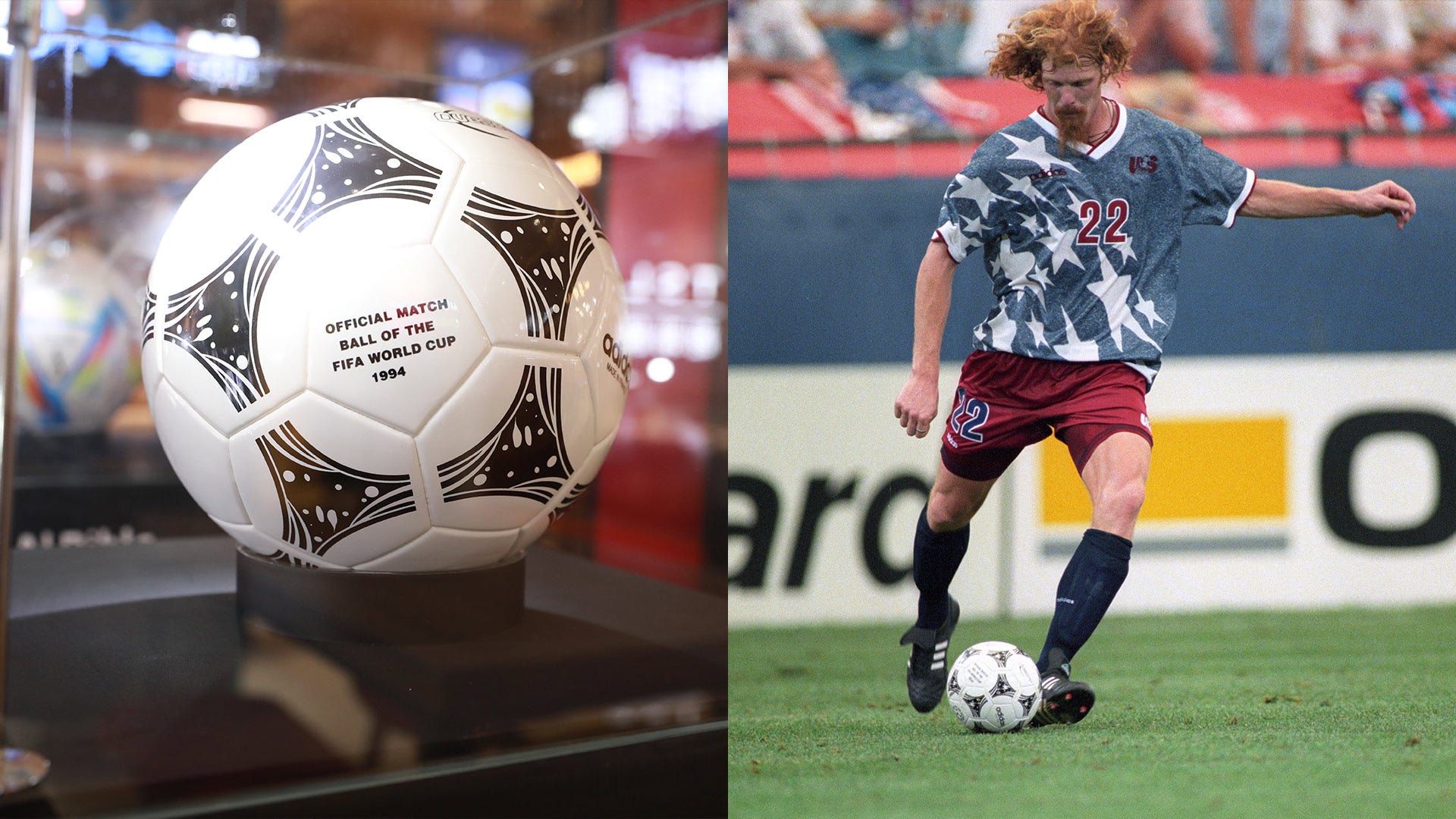
The Questra utilized a space-themed design that celebrated the quest for stardom by being inspired by NASA’s Apollo missions and America’s space legacy. It also followed the “Tango” design that had been used in previous editions and utilized pentagonal designs.
1990 – Etrusco Unico (Italy)
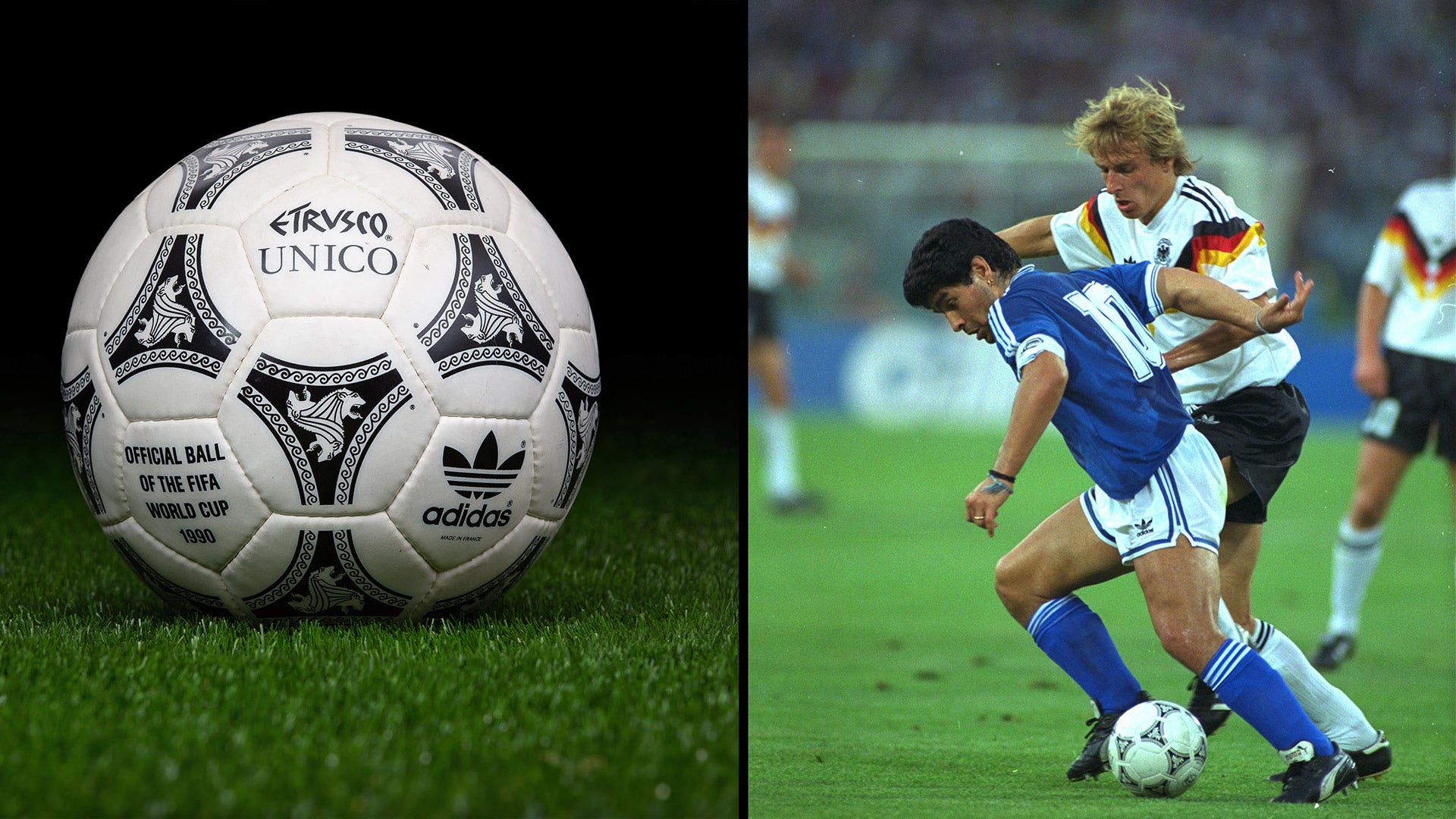
The first ball with an internal layer of black polyurethane foam for greater responsiveness and durability. Its design paid homage to Italy’s Etruscan history, featuring lions’ heads in classical motifs across its 20 triangular panels.
1986 – Azteca (Mexico)
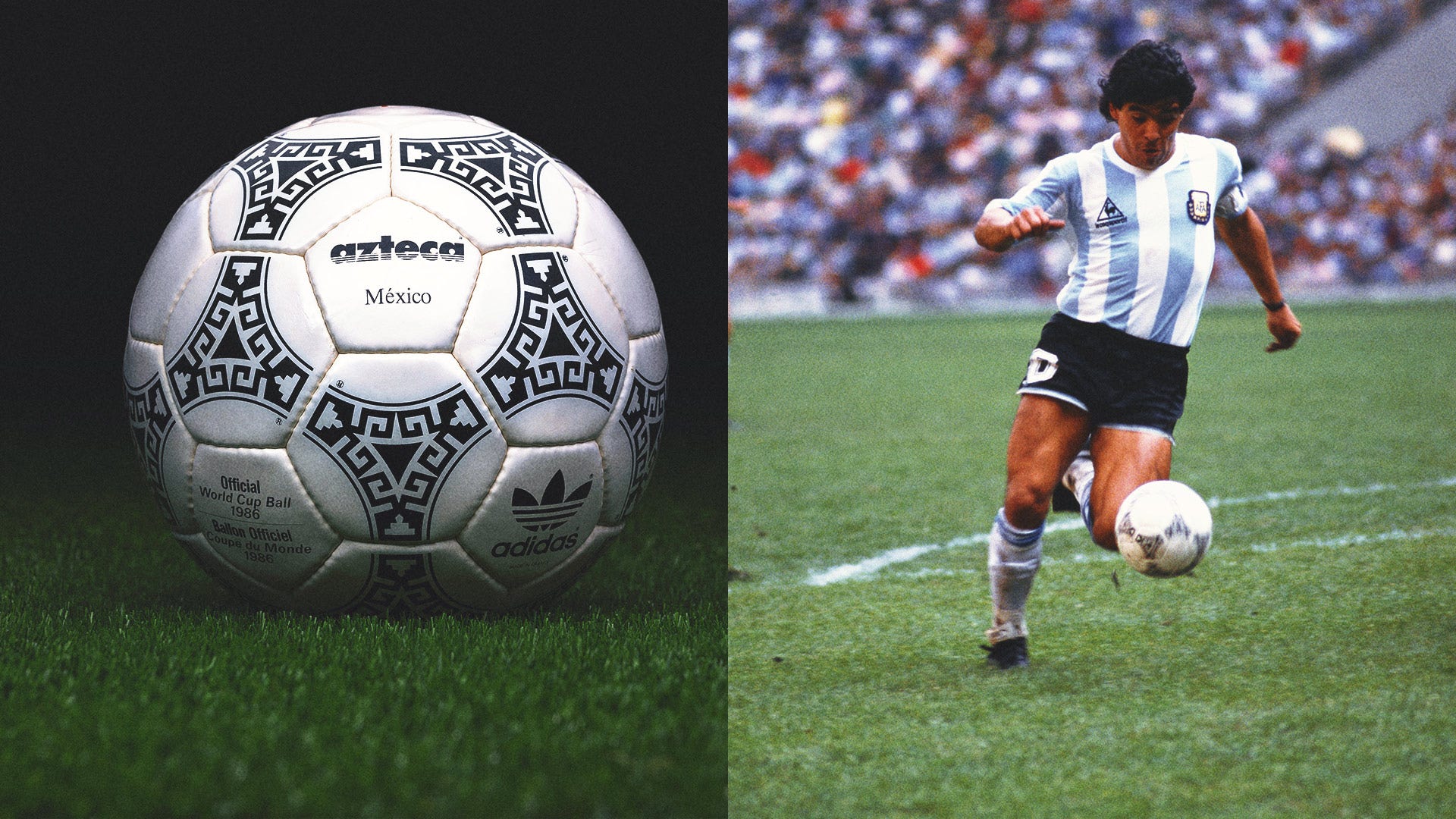
The first fully synthetic World Cup ball, Azteca incorporated polyurethane for consistent touch, durability, and reduced water absorption. Its 32-panel design drew inspiration from Aztec murals and architecture, paying tribute to Mexico’s heritage.
1982 – Tango España (Spain)
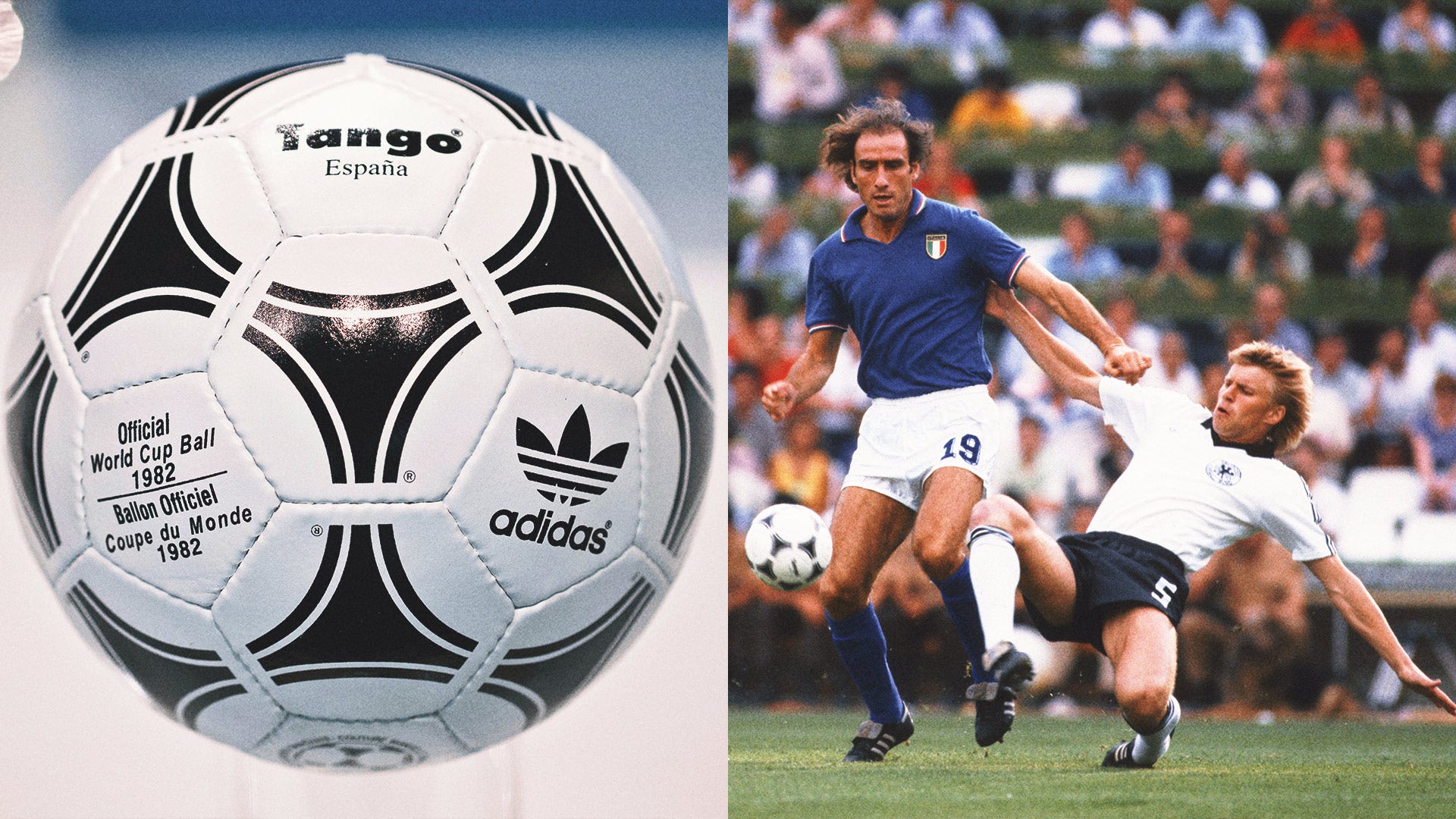
Building on 1978’s Tango, the España featured stronger waterproofing and polyurethane coating, enhancing performance in variable Spanish conditions. It was also the last ball to be fully leather before synthetic materials became the norm.
1978 – Tango (Argentina)
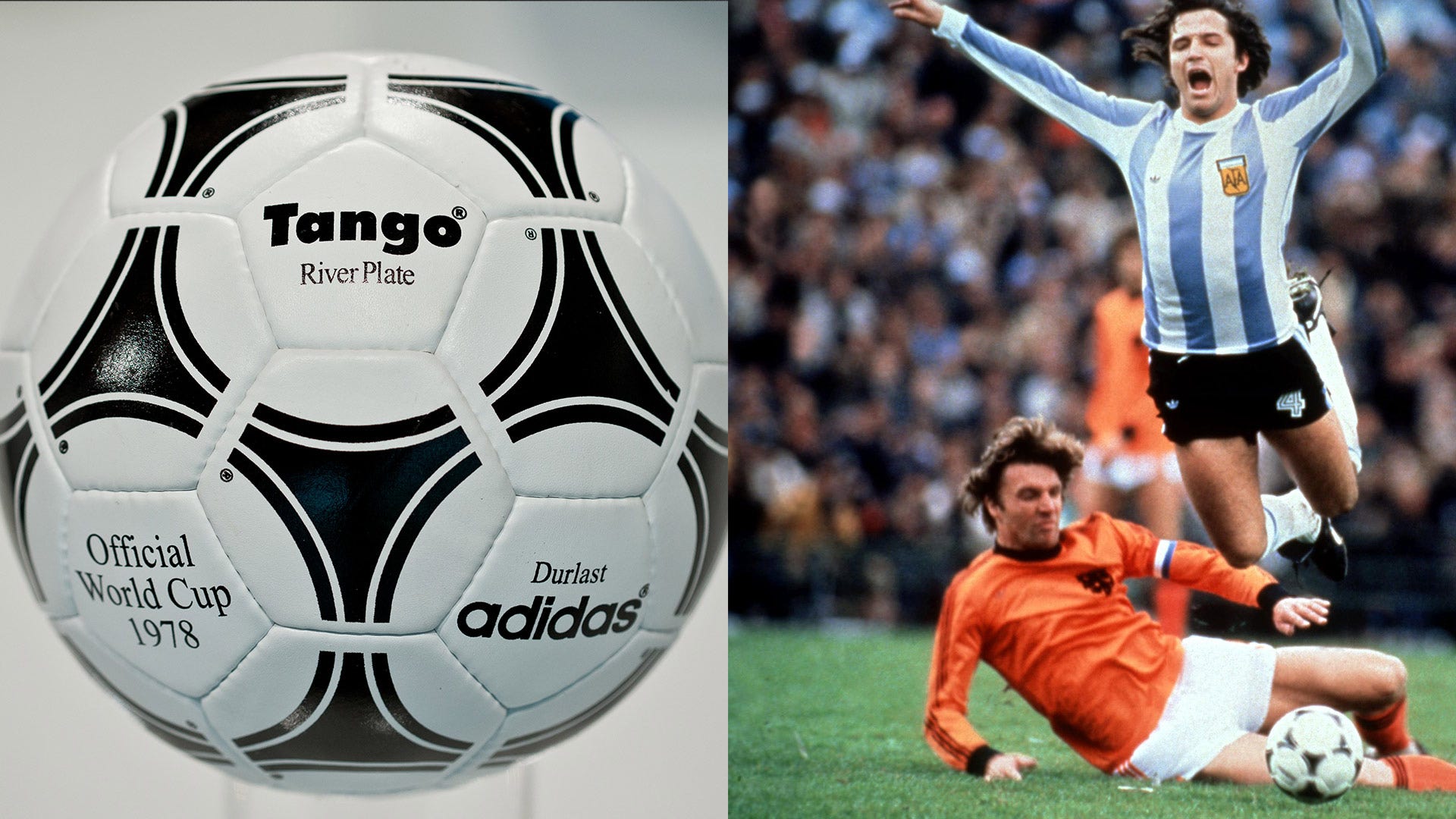
One of the most iconic balls in all sport, the Tango (named after the traditional dance in the host nation) introduced a bold, elegant design with interconnected triads, giving the illusion of 12 identical circles across 20 panels. It became adidas’ flagship look for decades and also helped improve the visibility of the ball for players.
1974 – Telstar Durlast (West Germany)

The Durlast featured a new coating to protect against water absorption. The design remained black-and-white for visibility on TV and marked a leap forward in ball technology from the tournament four years prior.
1970 – Telstar (Mexico)
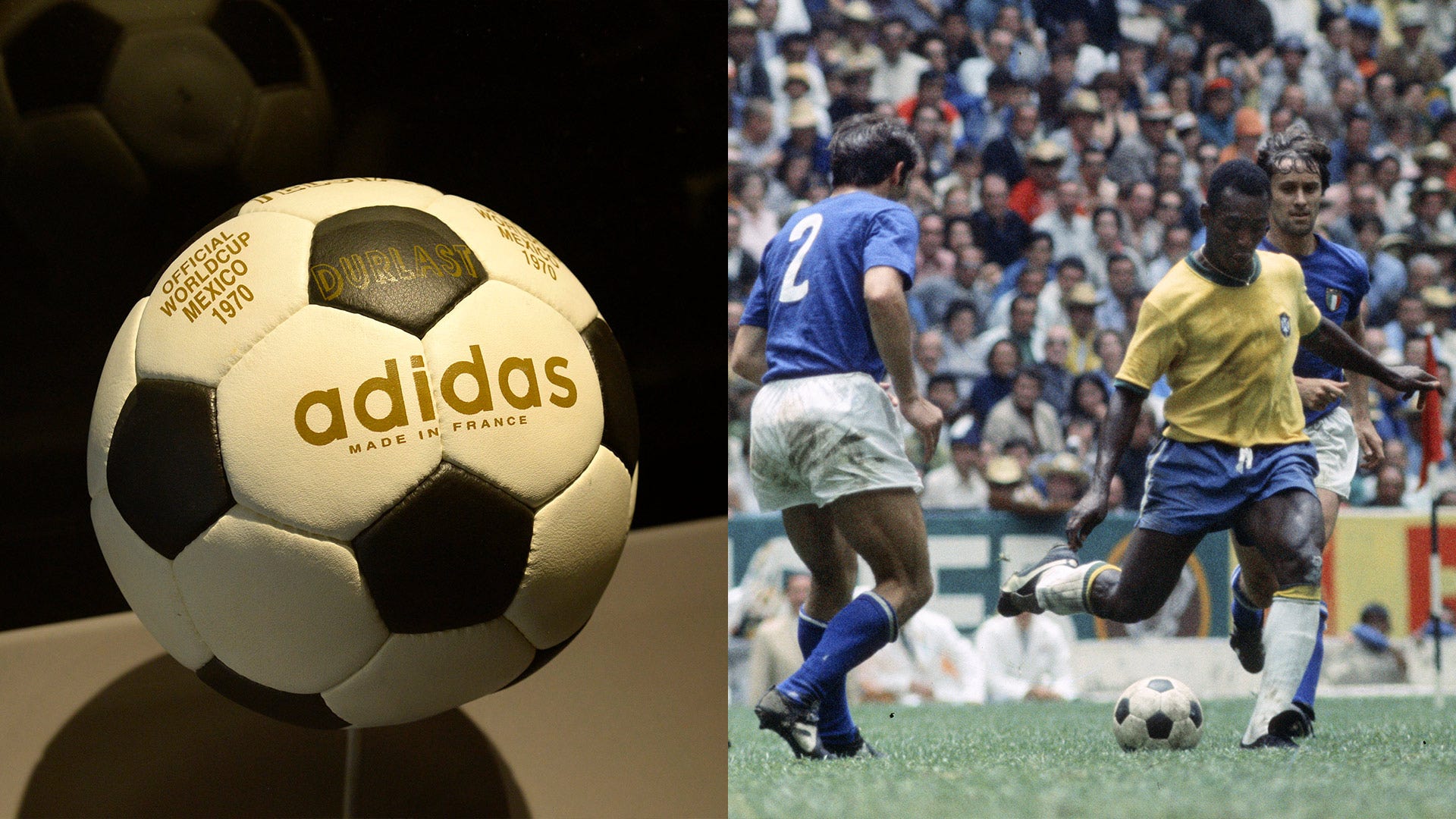
Named after a U.S. satellite, this ball was the first that featured the now-iconic black-and-white “truncated icosahedron” panel design, which helped it stand out on televisions. The 32-panel Telstar combined leather with revolutionary visibility and became the most recognizable ball design globally.
1966 – Slazenger Challenge 4-Star (England)
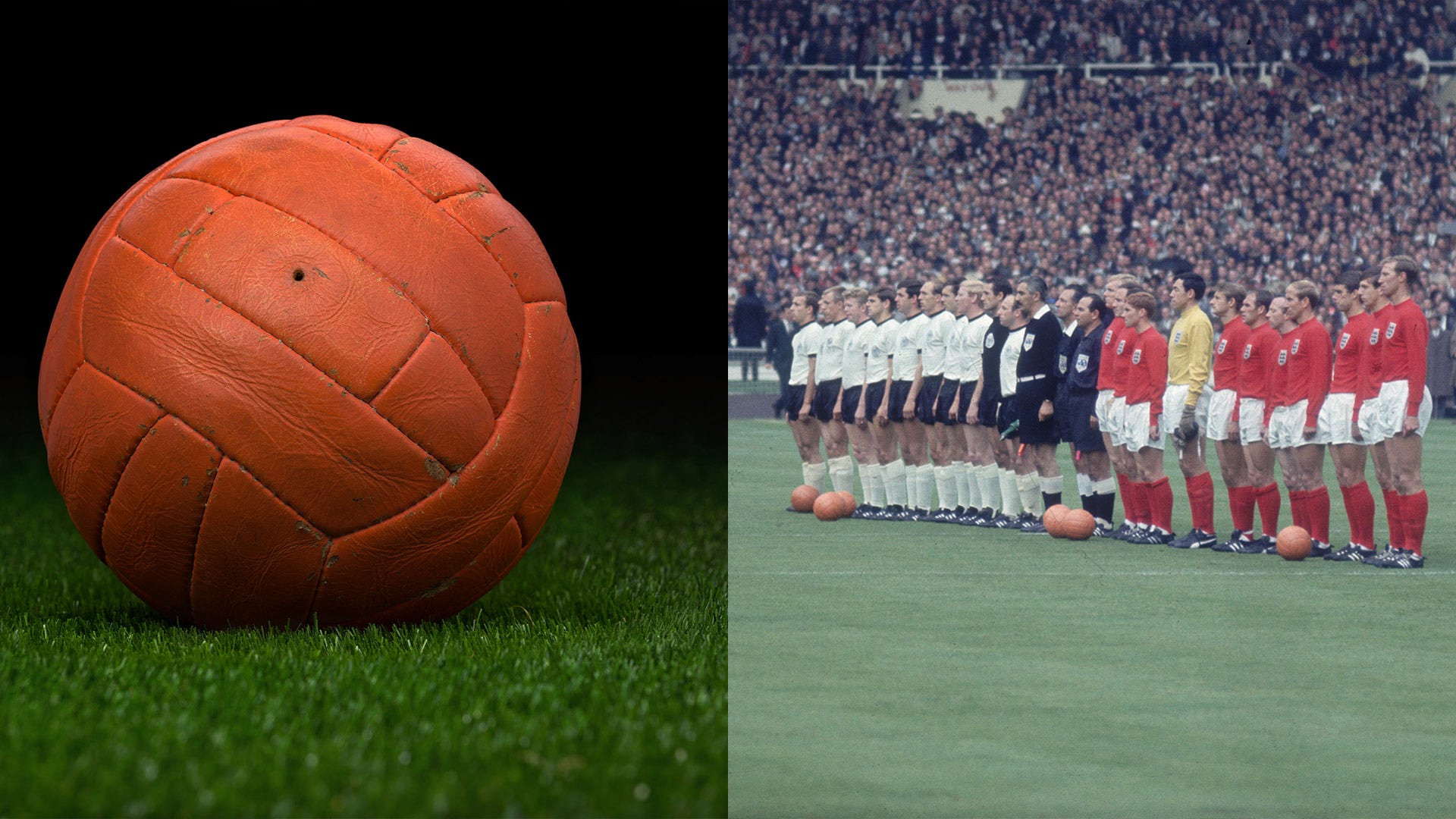
Made by Slazenger, this 25-panel hand-stitched leather ball had no laces with a bright orange version used for visibility on television and for the final. It utilized a latex valve and was selected by tournament officials in a blind test before the tournament.
1962 – Crack (Chile)
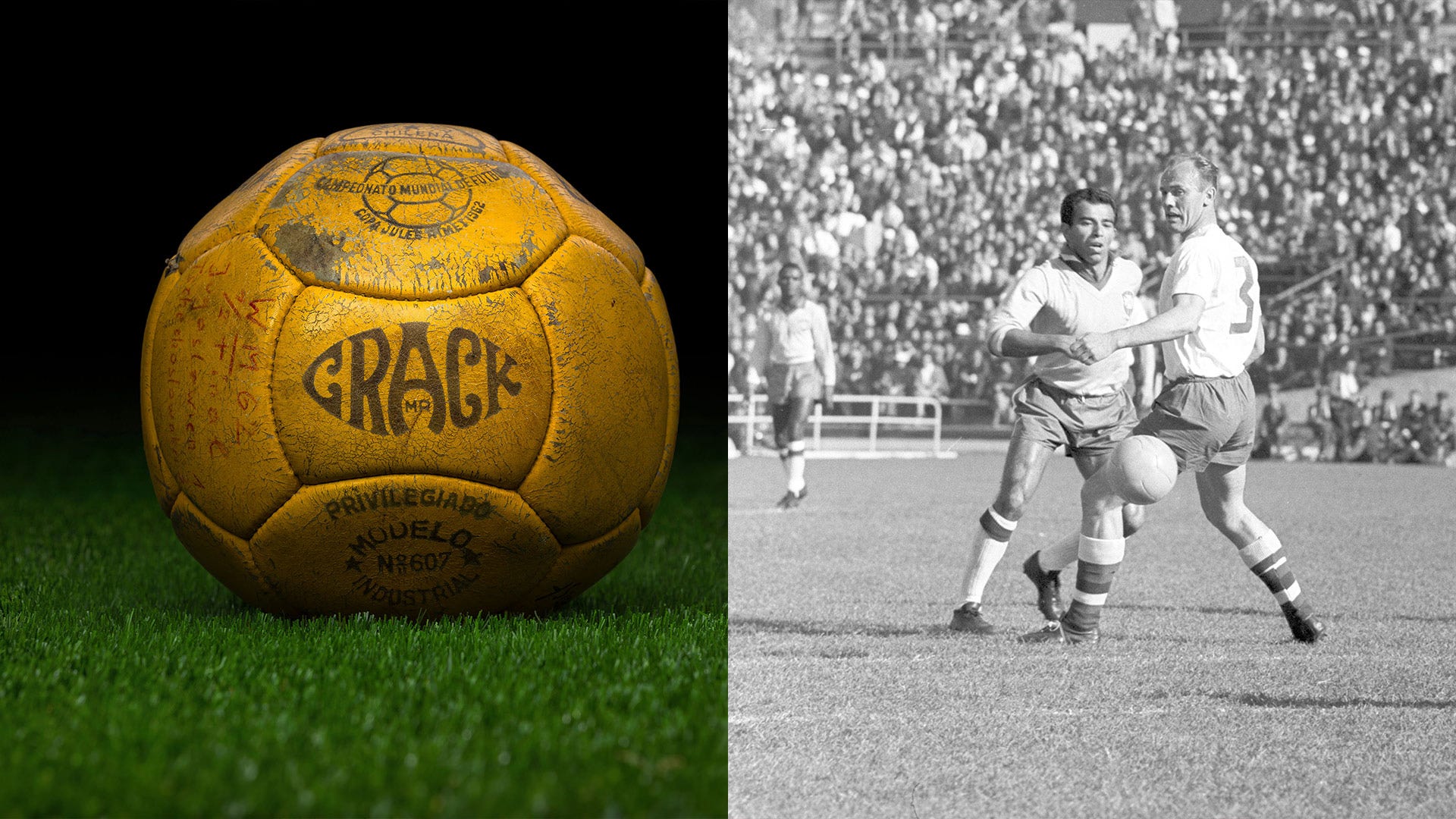
The Crack featured 18 panels with a deeper seam pattern to help aerodynamics. It was golden-brown in color and locally manufactured by Señor Custodio Zamora of San Miguel, but the inconsistent quality of each ball led to complaints.
1958 – Top Star (Sweden)
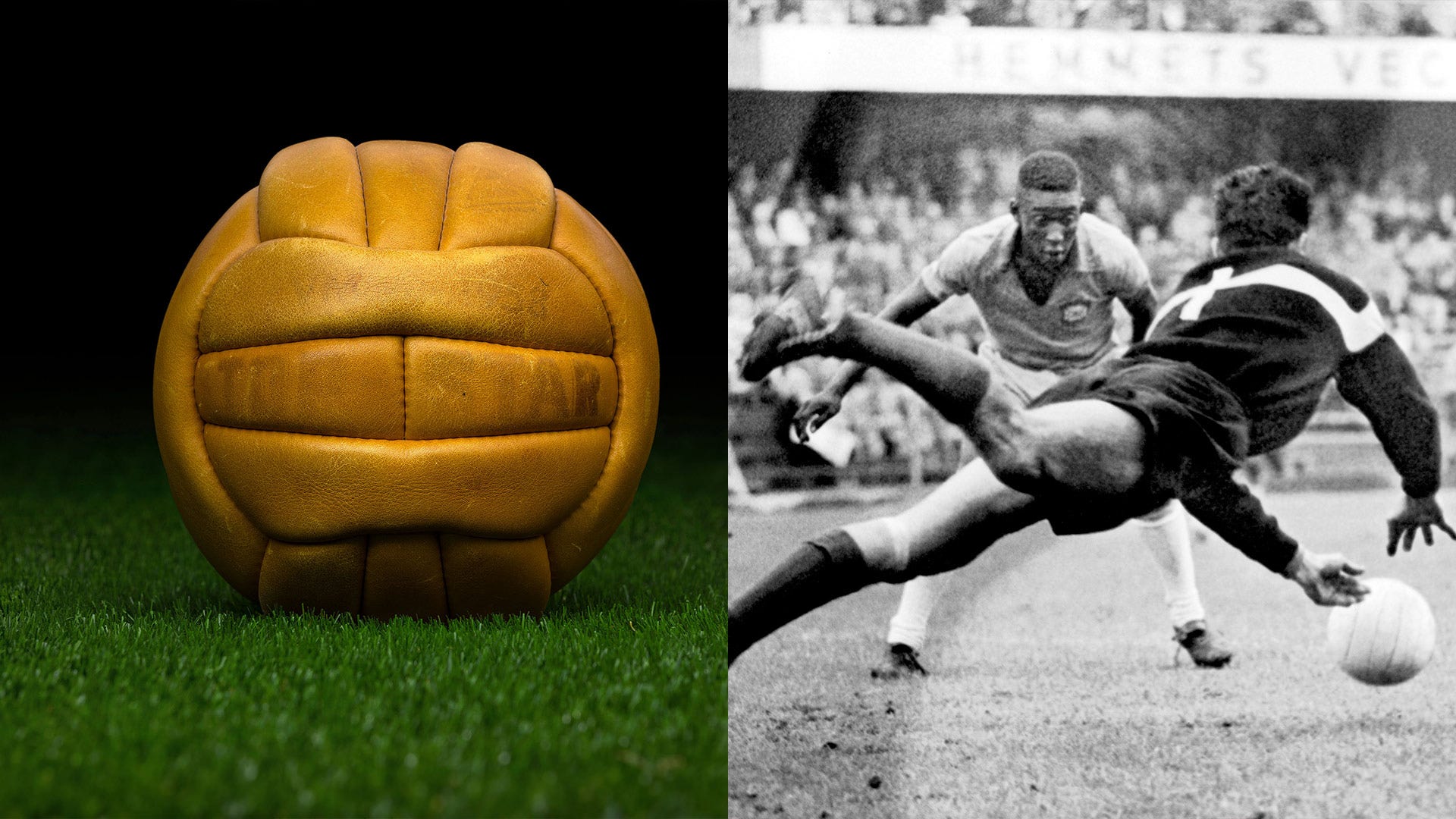
Selected from over 100 submissions, the Top Star (made by machine manufacturer Sydlader AB) was made of high-grade leather with 18 panels and no laces. Its consistent bounce and lighter feel allowed for faster, more precise play – fitting the tournament that introduced Pelé to the world. But France forward Just Fontaine is more synonymous with this ball, having scored 13 goals in six matches, a record for a single tournament that still stands.
1954 – Swiss World Champion (Switzerland)
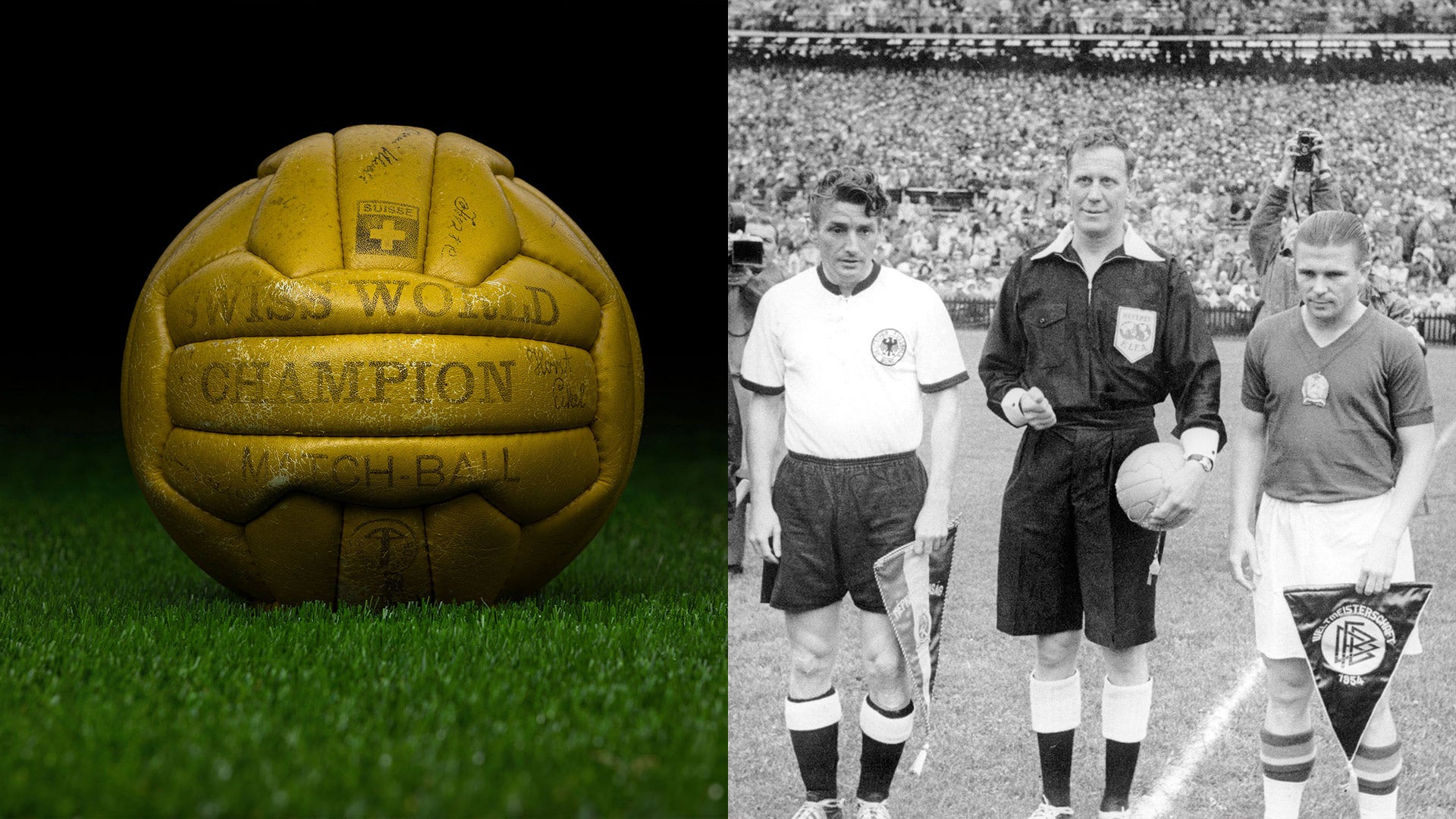
This 18-panel ball rmade by Kost Sport emoved laces entirely, featuring interlocking panels for a truer, more consistent shape. FIFA approved it as an official match standard, setting the stage for the modern, seamless football era to come.
1950 – Superball Duplo T (Brazil)
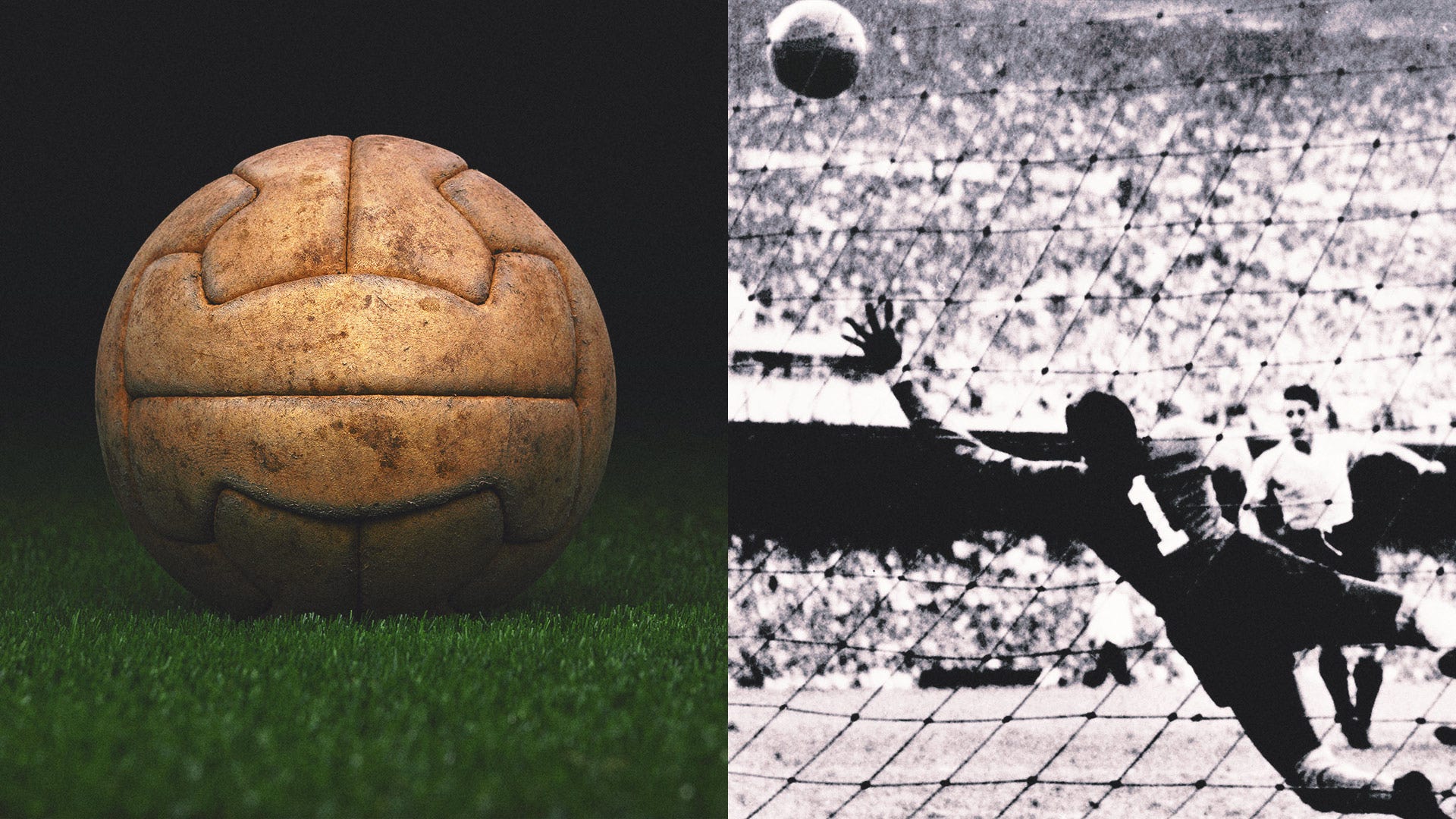
The return of the World Cup tournament after 12 years of war featured a ball that had 12 hand-stitched panels – but introduced hidden laces with a rubber valve that could be inflated with a single hand pump. It was the first World Cup ball that did not require reinflation through an external seam during play.
1938 – Allen (France)

Produced by a French manufacturer, the Allen ball used 13 leather panels hand-stitched with cotton laces and a visible seam. It also had to be hand-stitched and hand-inflated to get the spherical finish.
1934 – Federale 102 (Italy)

The Italian ECAS (Ente Centrale Approvvigionamento Sportivi, the government’s bureau for sport supplies) produced the ball that had 12 hand-stitched leather panels with visible laces. It also marked FIFA’s first standardized World Cup ball. The laces were made of softer material to make them lighter and more manageable, especially for headers.
1930 – Tiento/T-Model (Uruguay)
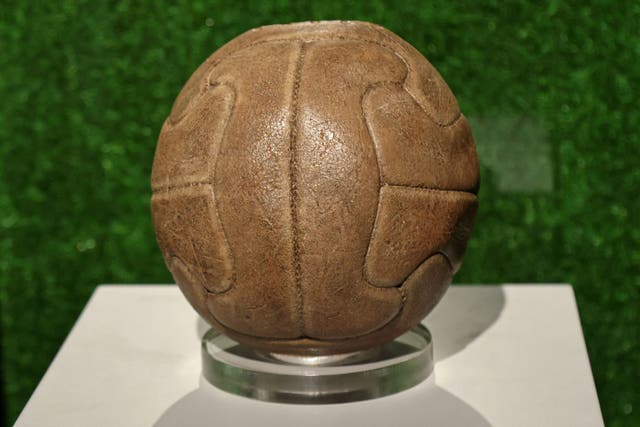
(Photo by KARIM JAAFAR/AFP via Getty Images)
The tournament had no official ball as multiple ones were used throughout the games. And the final itself between the neighboring rivals of Uruguay and Argentina included an argument over which ball to use. The compromise? Argentina’s “Tiento” for the first half and Uruguay’s heavier “T-Model” for the second half. Argentina were 2-1 up before Uruguay scored three goals with their larger ball to win 4-2.
Want great stories delivered right to your inbox? Create or log in to your FOX Sports account and follow leagues, teams and players to receive a personalized newsletter daily!

